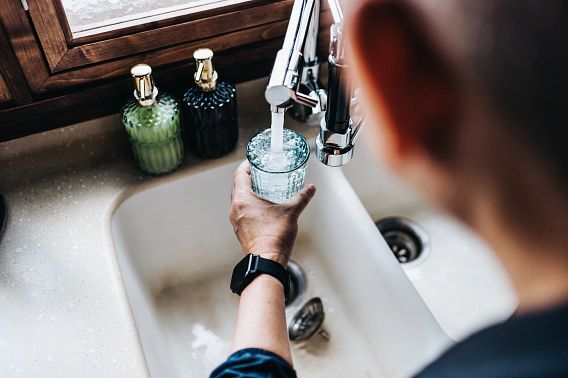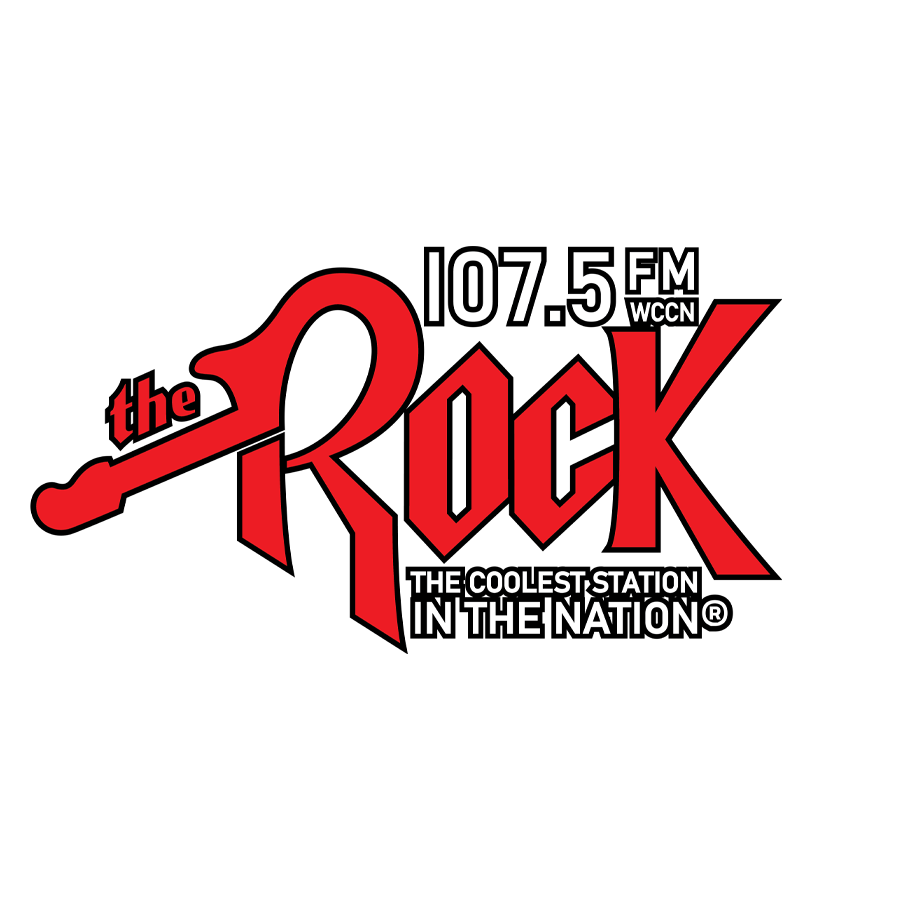Nitrate Contamination Could Cost Communities Millions in Remediation
Tuesday, September 23rd, 2025 -- 10:01 AM

(Laura Schulte, Milwaukee Journal Sentinel) Nitrate contamination could cost communities millions of dollars in remediation and lead to higher health care bills for those who live in areas of high concentrations, according to a new report.
According to Laura Schulte with the Milwaukee Journal Sentinel, the study, "Nitrates on Tap," was conducted by the Alliance for the Great Lakes and Clean Wisconsin, and outlines the costs of nitrate contamination, which is impacting thousands of residents in largely rural areas where people rely on private drinking water wells.
According to estimates in the report, 16 million pounds of excess fertilizer were applied to farm fields statewide in 2022 alone. That over-application has resulted in nitrates reaching surface water, groundwater, private wells and public drinking water systems, risking the health of Wisconsinites.
"For both municipalities and private well owners, contamination drives up costs through increased reliance on water treatment infrastructure, bottled water, and well replacement, costs that are largely borne by ratepayers and homeowners, not the polluters responsible," the report says.
Nitrate forms when oxygen combines with nitrogen-rich sources like fertilizer, manure or waste from septic tanks. It slips easily into groundwater by way of rain or melting snow, especially in places with shallow soil or fragmented bedrock.
In particular, the eastern, western and south-central portions of Wisconsin seem more susceptible to contamination. It's the state’s most widespread contaminant of groundwater. About 10%, or 80,000, of the state’s private wells fail to meet the state drinking water standard of 10 milligrams per liter.
In heavily farmed areas, that percentage can rise to upwards of 20%.
Feel free to contact us with questions and/or comments.




